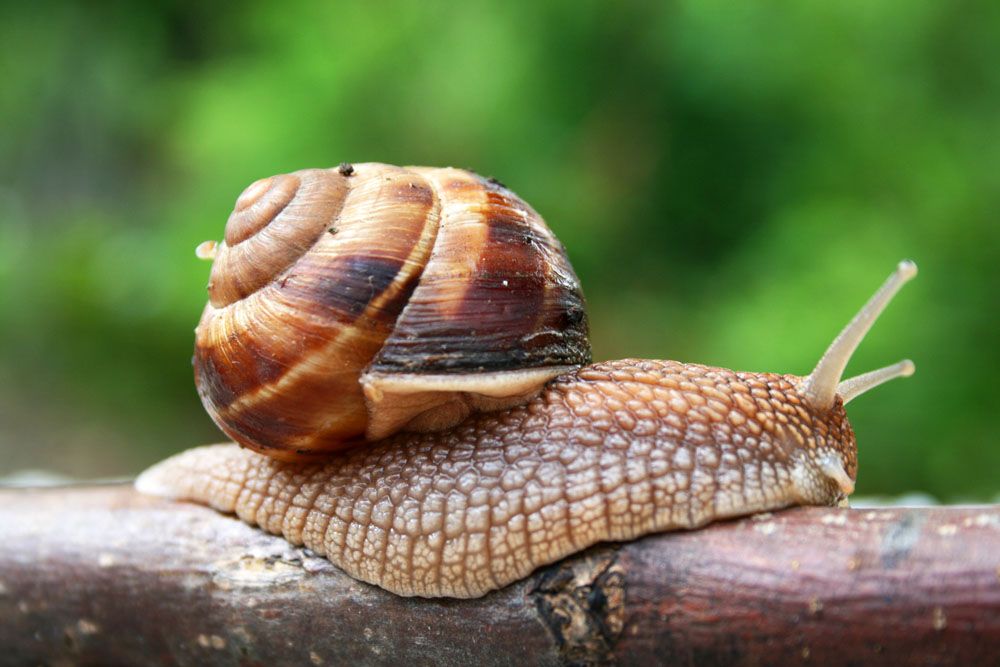
Brown Garden Snail
Brown Garden Snail
Scientific Name: Cornu aspersum
Common Name: Brown garden snail, European brown snail, Petit-Gris, escargot, or Helix aspersa
Appearance: Brown garden snail consists of a large, oval shell that is yellow in colour and features brown markings and spots on it. The shell can be up to 32 mm in size with a slight shine on it. These snails usually come out of their hiding during the night for feeding; however, you can also spot them during the early hours of the day.
Host Plants or Food: Brown garden snail is exclusively a herbivore and feeds on a wide variety of plant species. It feeds on vegetables, fruits, shrubs, flowers as well as trees and cereals. These include cabbage,m carrot, barley, oat, zinnia, apples, peach, hibiscus, roses, and much more.
Territory: Throughout North America, Europe, Eastern USA, Western USA
Mode of Damage: They may act as leaf chewers or flower, fruit, and seed feeder and destroys the yield in orchids and gardens.
Habits and Life History:
Brown garden snail is a nocturnal pest, usually found in areas high in moisture.
It builds itself a nest in the ground by shovelling soil with its foot and laying eggs in groups of 30 to 120.
They are hermaphrodites, and each snail may lay eggs six times a season.
The eggs hatch, giving rise to young ones which mature anywhere from 10 months to two years.
They produce only one generation per year.
